~てはいけないから… is a combination of two grammar points ~てはいけない (must not) and ~から (because) and it means “in order to avoid ~.”
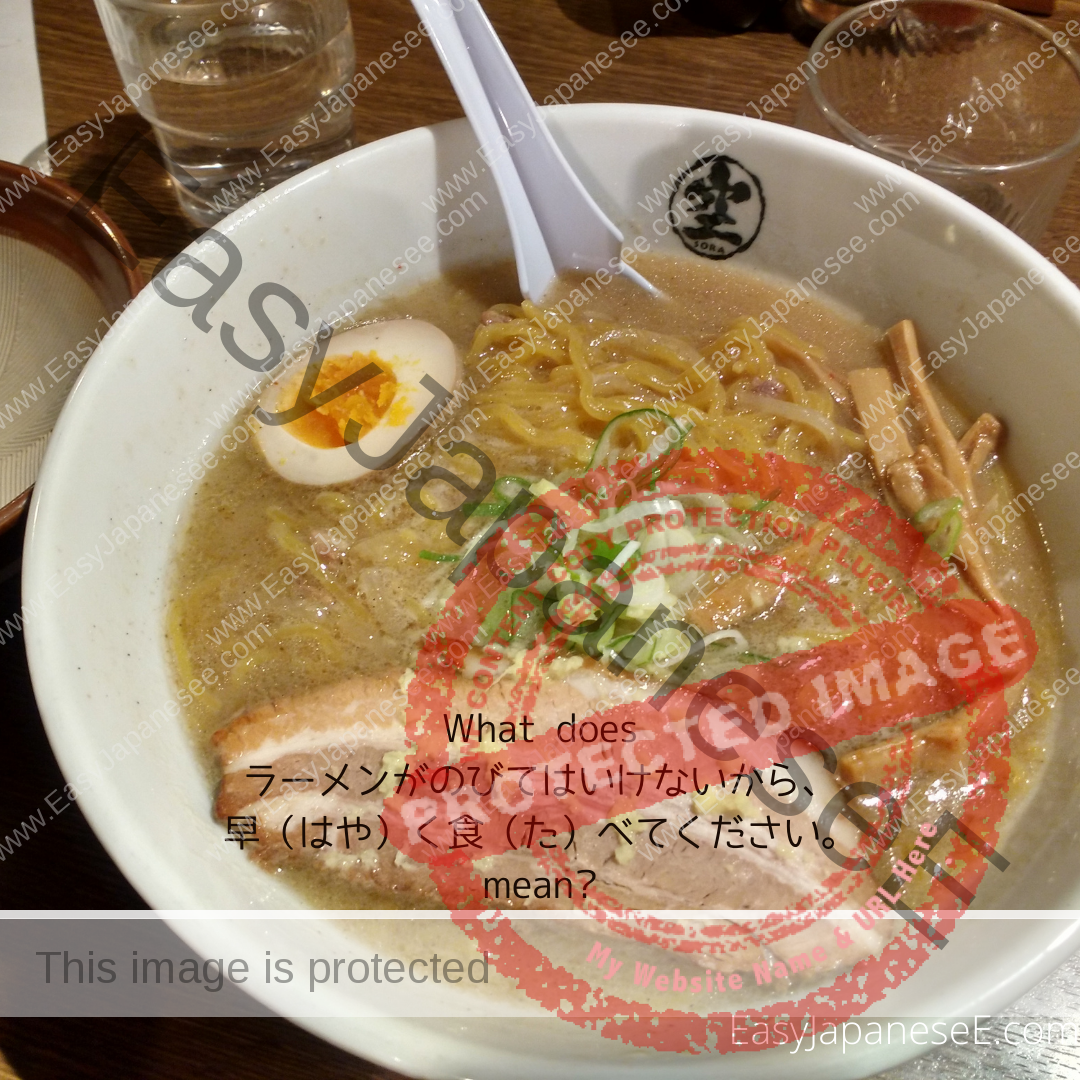

~てはいけないから… is a combination of two grammar points ~てはいけない (must not) and ~から (because) and it means “in order to avoid ~.”
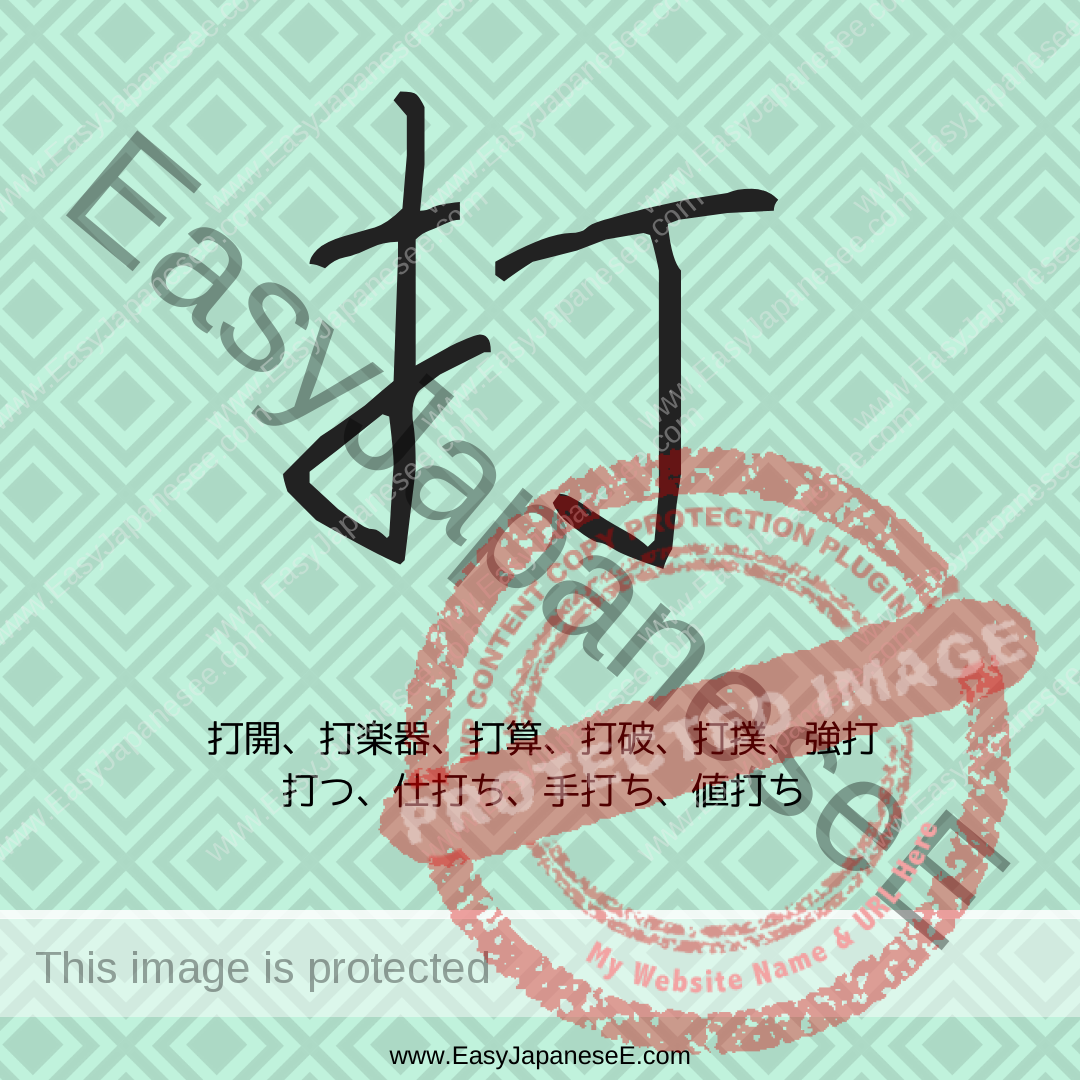
Today’s #kanji is 打, which is listed under its semantic element of #てへん(扌). Its phonetic element is 丁, though 打 and 丁 don’t quite share a sound.
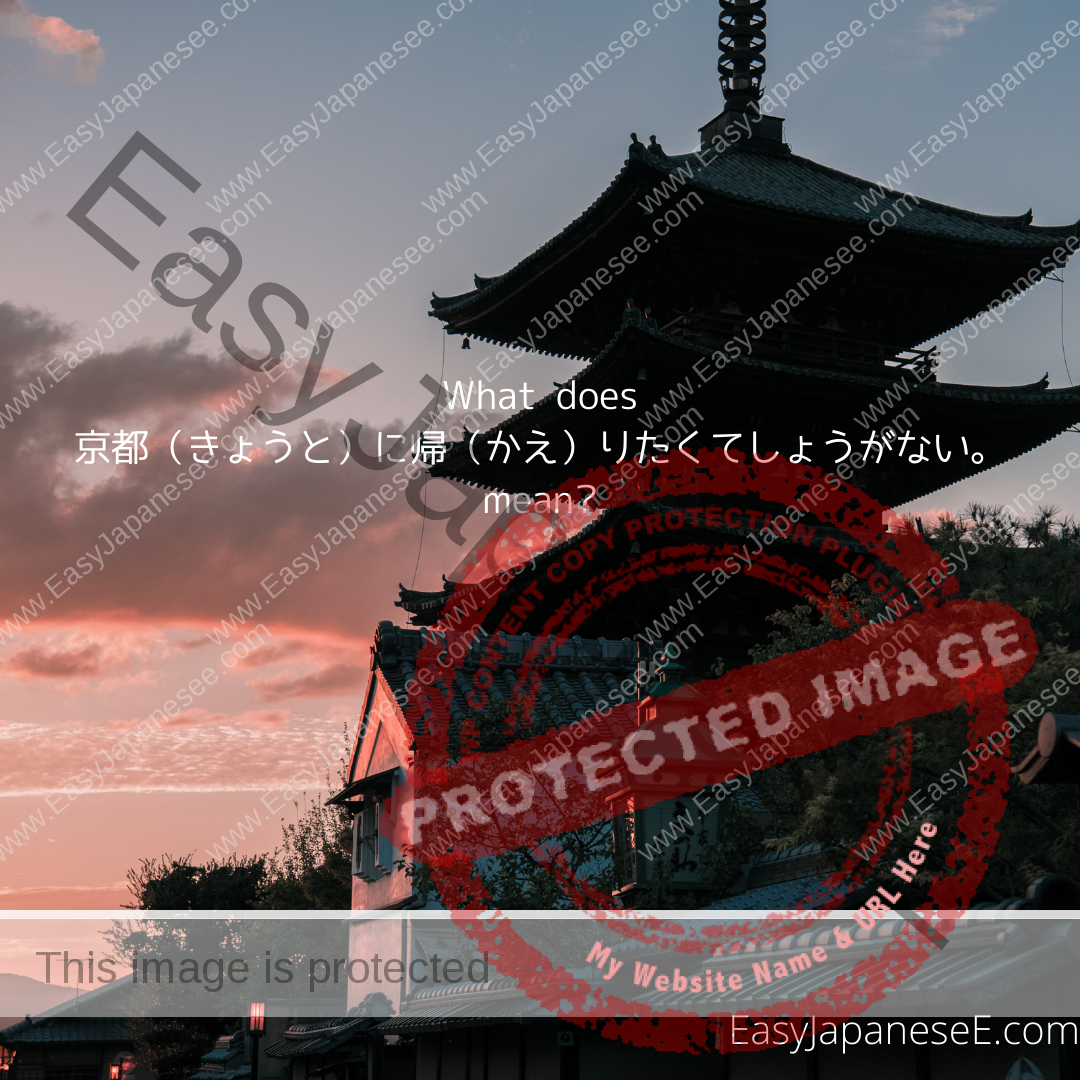
~てしょうがない is similar to ~てならない and is used when you have such a strong feeling or when a situation is so compelling that and cannot help but doing/feeling ~.
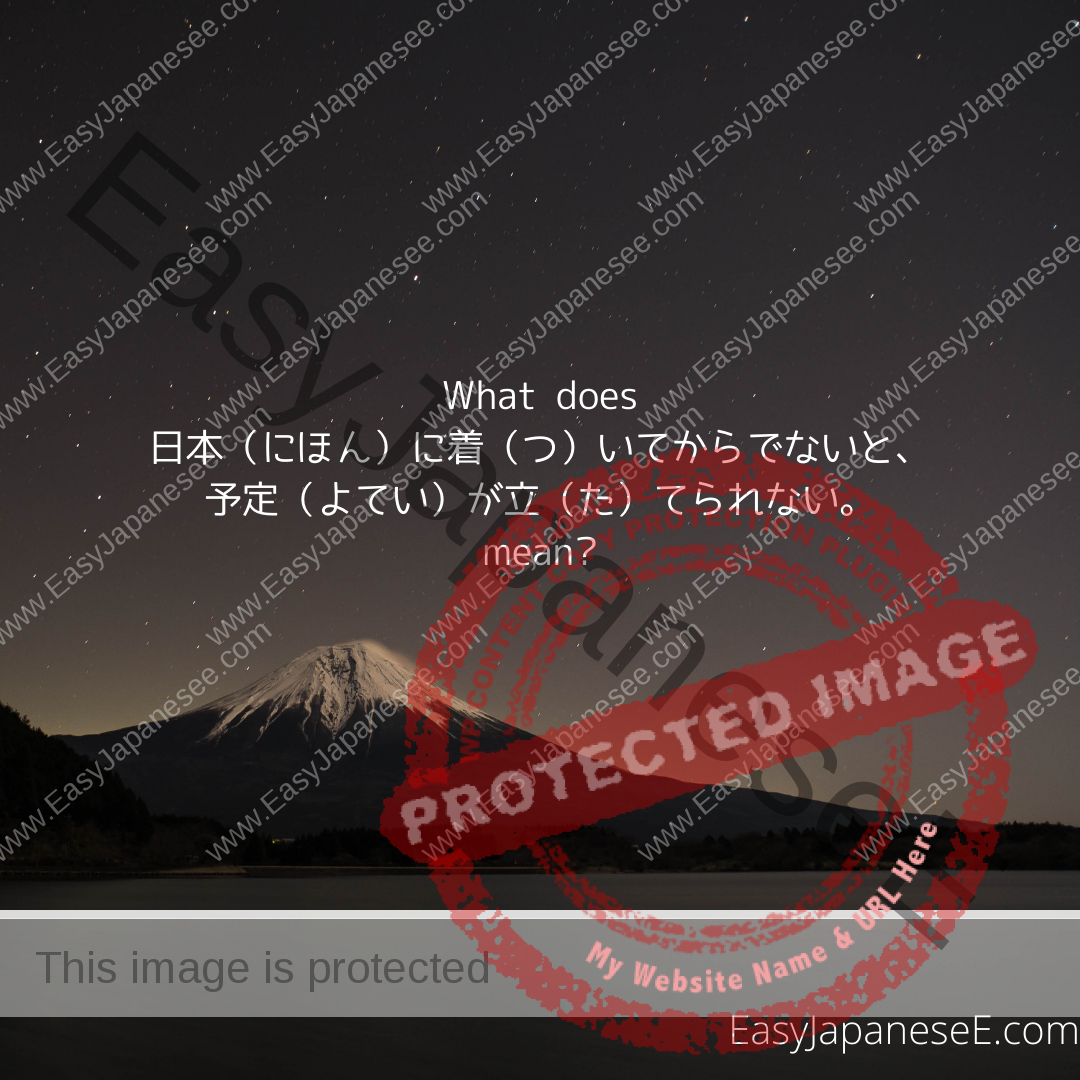
~てからでないと states an important condition that needs to be fulfilled before the action/condition stated in the second part of the sentence to occur.

Today’s #kanji is 折, which is listed under the radical of #てへん(扌). 折’s original form, 㪿, is a compound ideograph. Check the details here.
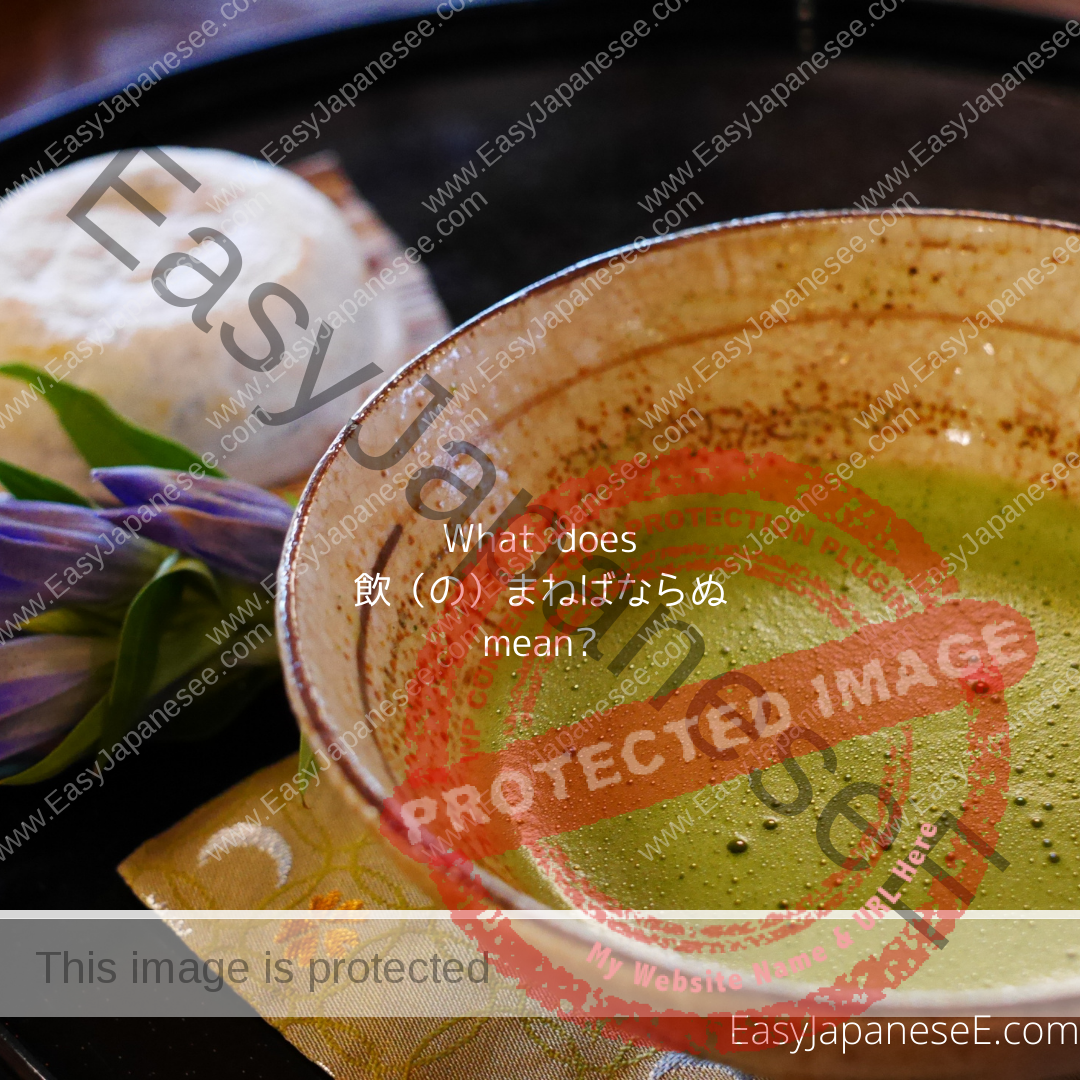
~ねばならぬ is an archaic way of saying ~なければならない/~なければいけない/~ないといけない/~なくちゃ/~なきゃ. It expresses an obligation (“must” or “have to”).

~てならない is used when you cannot help doing something because you have such a strong feeling or the situation is so compelling.
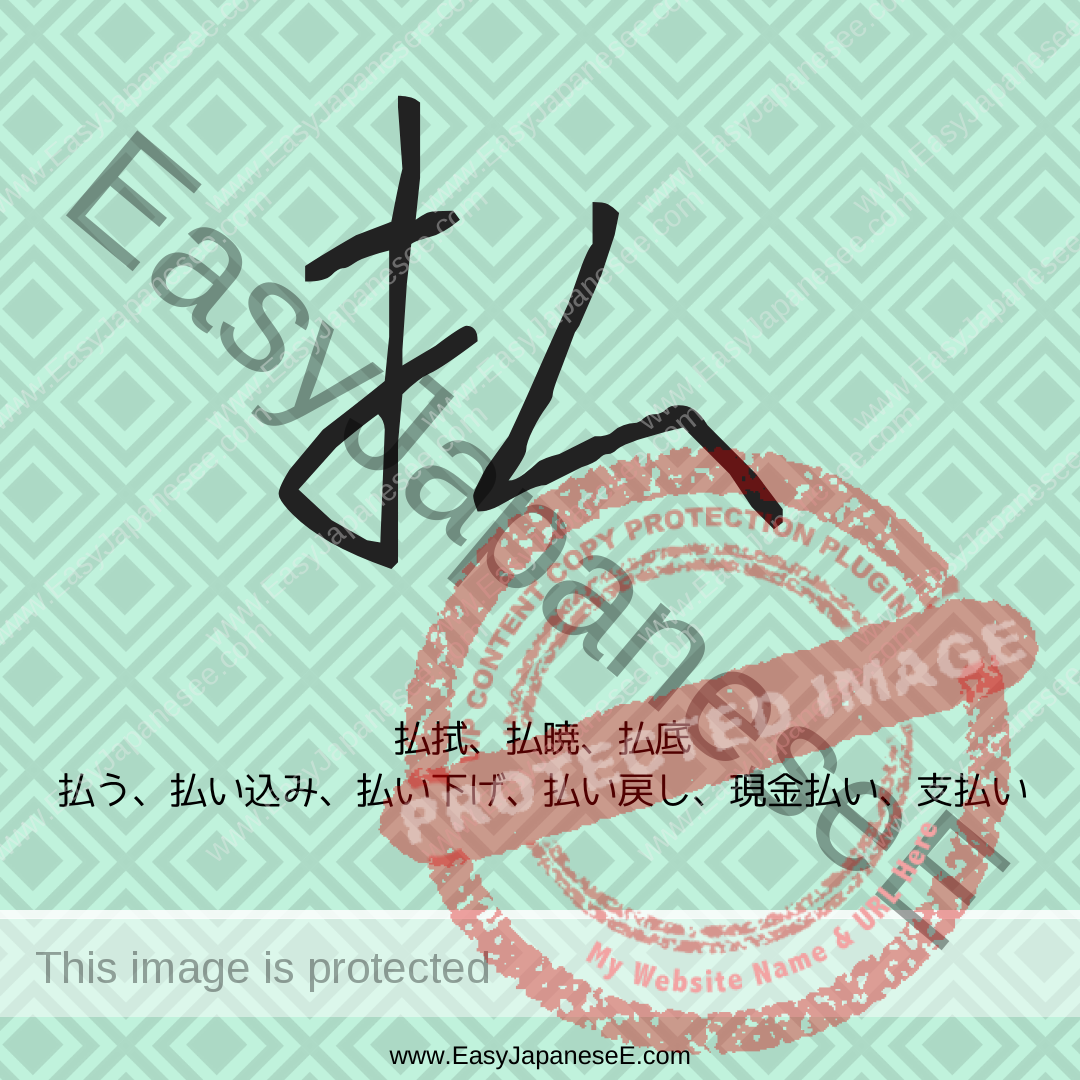
Today’s #kanji is 払, which is listed under its semantic element of #てへん(扌). 払’s original form is 拂 and 弗 is 払’s phonetic element.

~ている場合じゃない is used when you want to urge somebody else (or yourself) to stop doing ~ (and to start doing something else). “It’s not the time to be doing ~.”

っけ? is a very casual way of asking a question to confirm something you vaguely remember. It is rare to use it in a written passage.
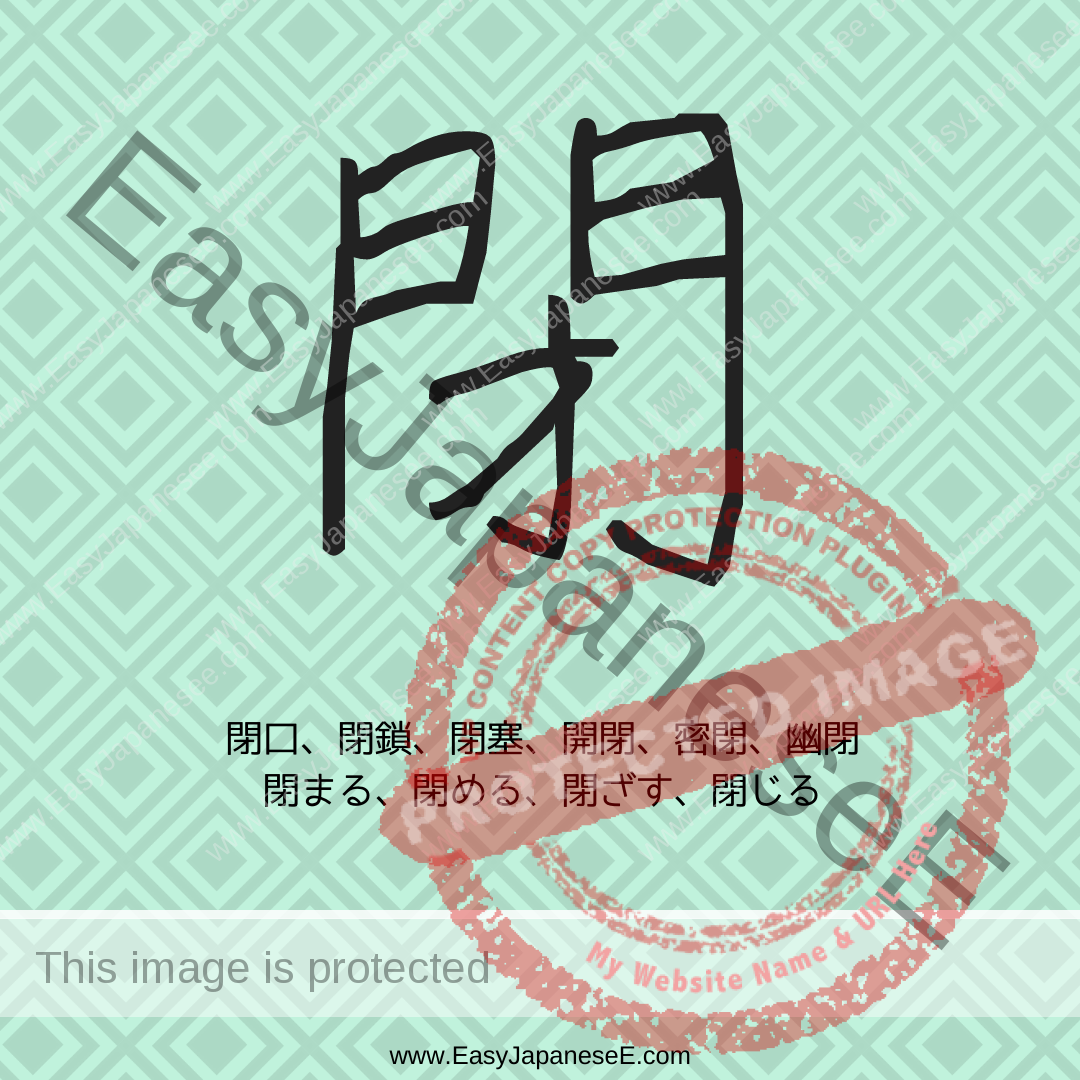
Today’s #kanji is 閉, which is listed under the radical of #もんがまえ(門). 閉 is apparently a pictograph depicting a gate being locked.

~だらけ is usually used in a negative concept meaning “full of something unwanted” or “covered with something undesirable.” Check the usage here.
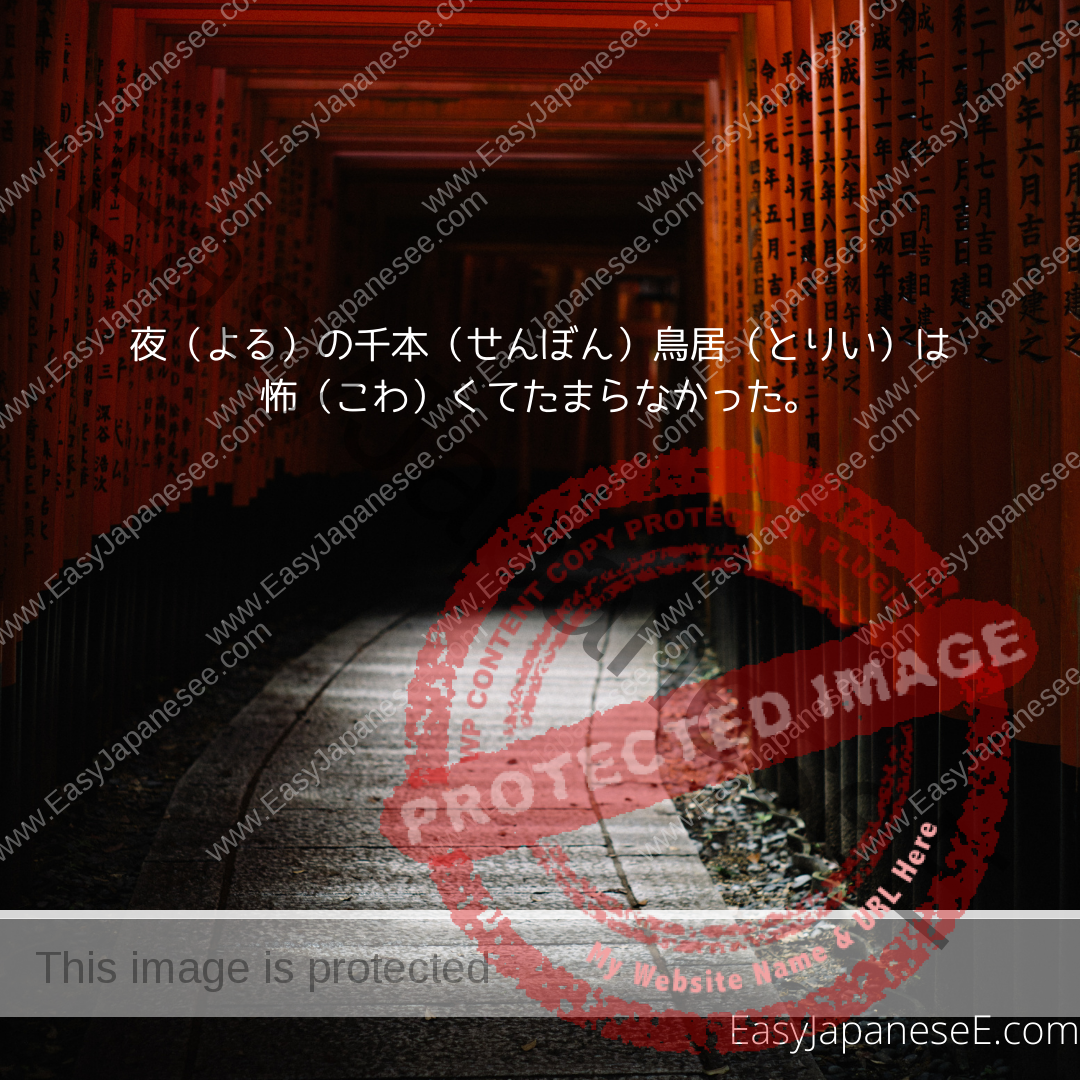
たまらない is used to describe something that is unbearable or irresistible. It is very often used with the てform of an adjective.
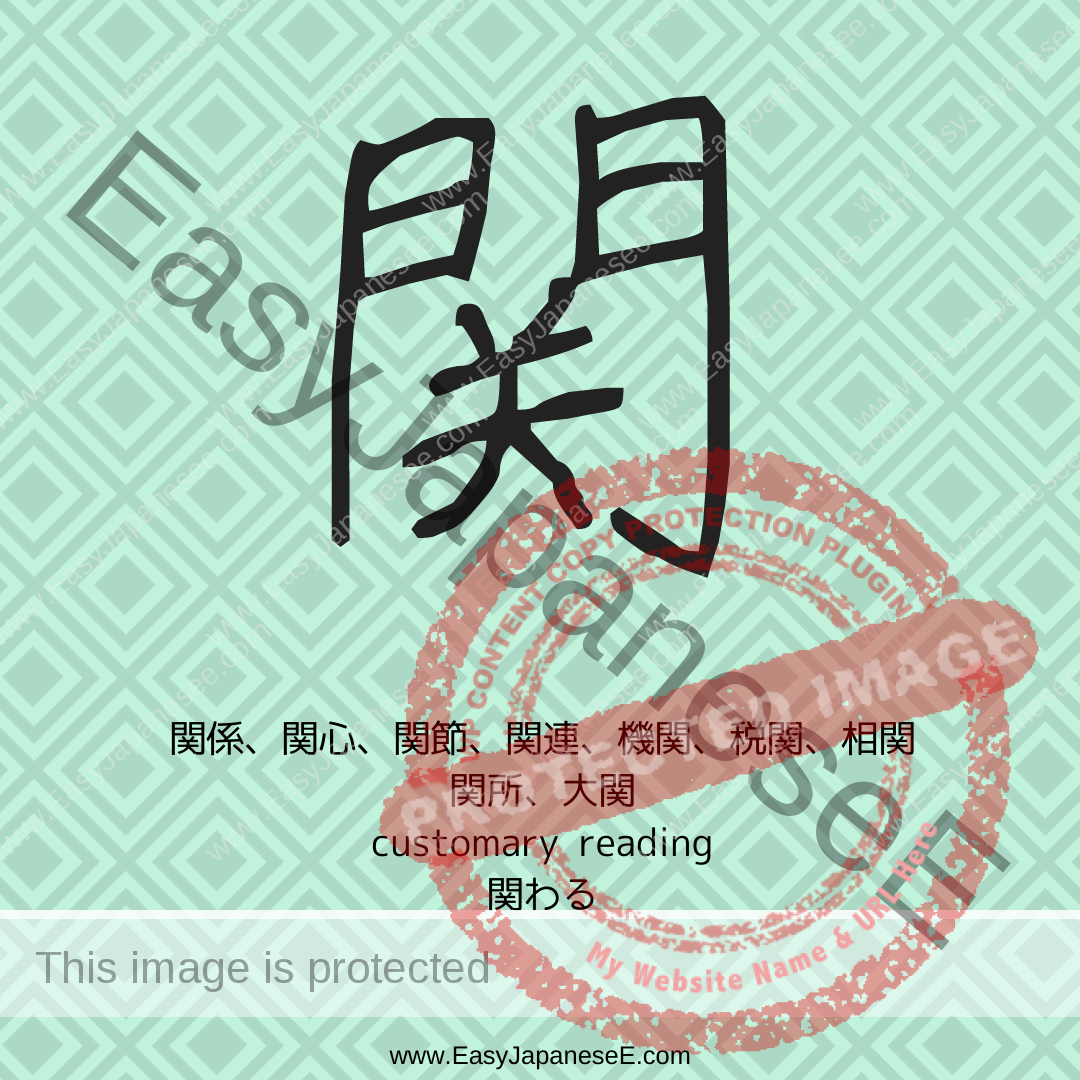
Today’s #kanji is 関, which is listed under its semantic element of #もんがまえ(門). 関 used to be written as 關 and what is written inside is the phonetic element.
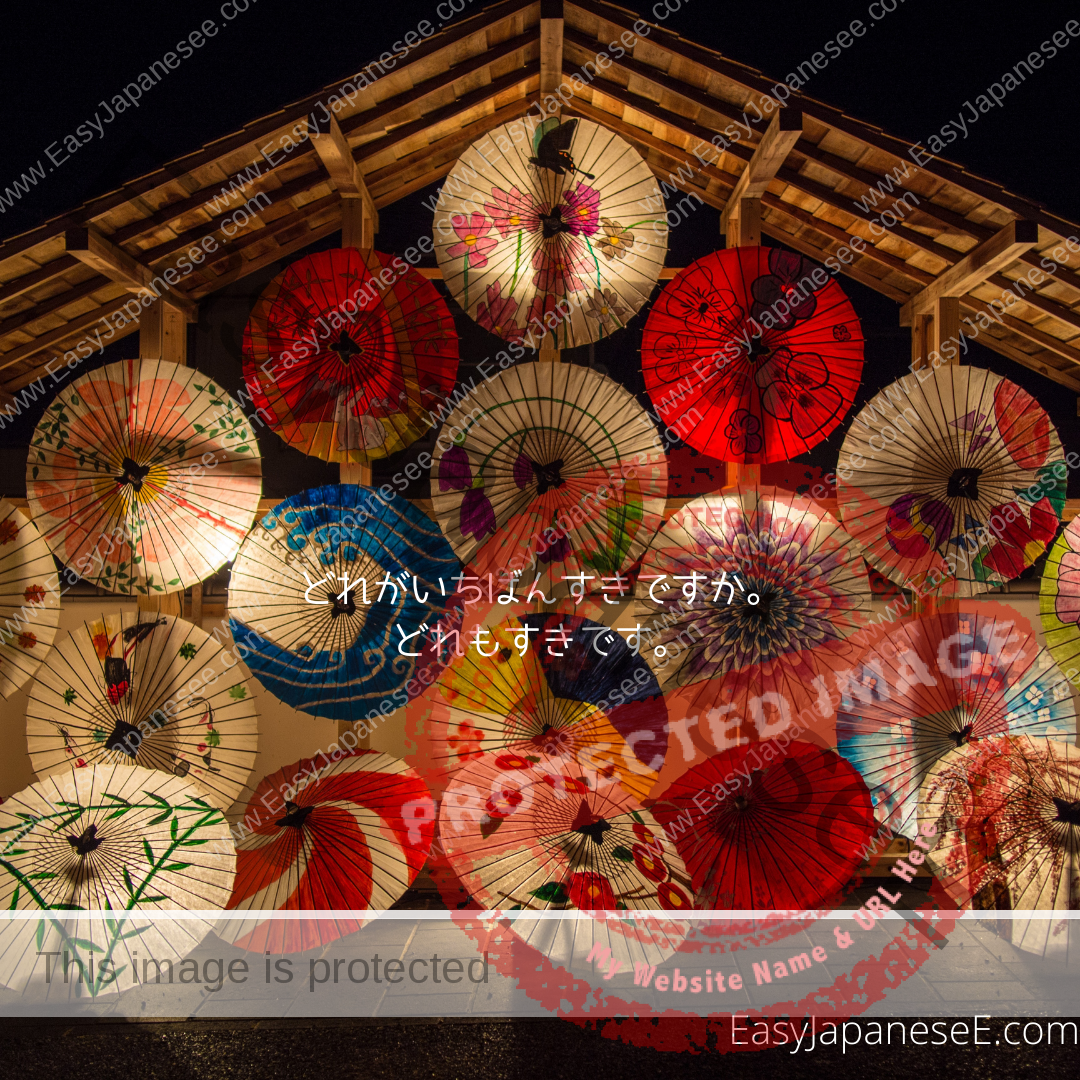
Adding か after a question word makes it an indefinite pronoun like “some…”. Adding も makes it “any…” but you need to be careful combining with a particle.

If you add か after question words, いつ、どこ、だれ、なに、なぜ、どう, いつか、どこか、だれか、なにか、なぜか、どうか become an indefinite pronoun, sometime, somewhere, someone, etc.
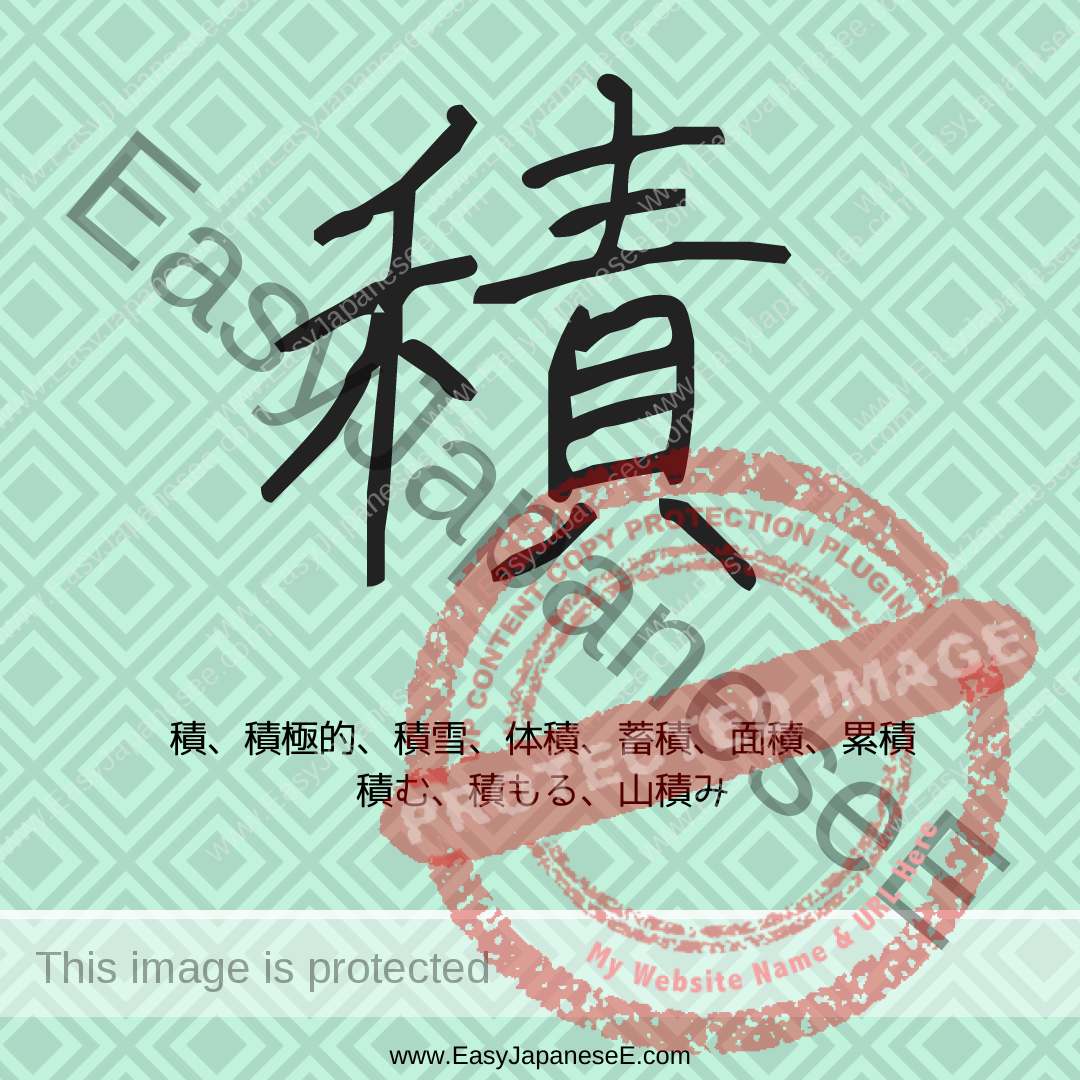
Today’s #kanji is 積, which is listed under its semantic element of #のぎへん(禾). Its phonetic element is 責. There are 2 x 2 ways of reading it.

すむ(済む) has a few meanings but if it is used after a てform verb/adjective or a noun + で, ~て/で すむ means “to be settled with/by ~” or “~ is enough to…”
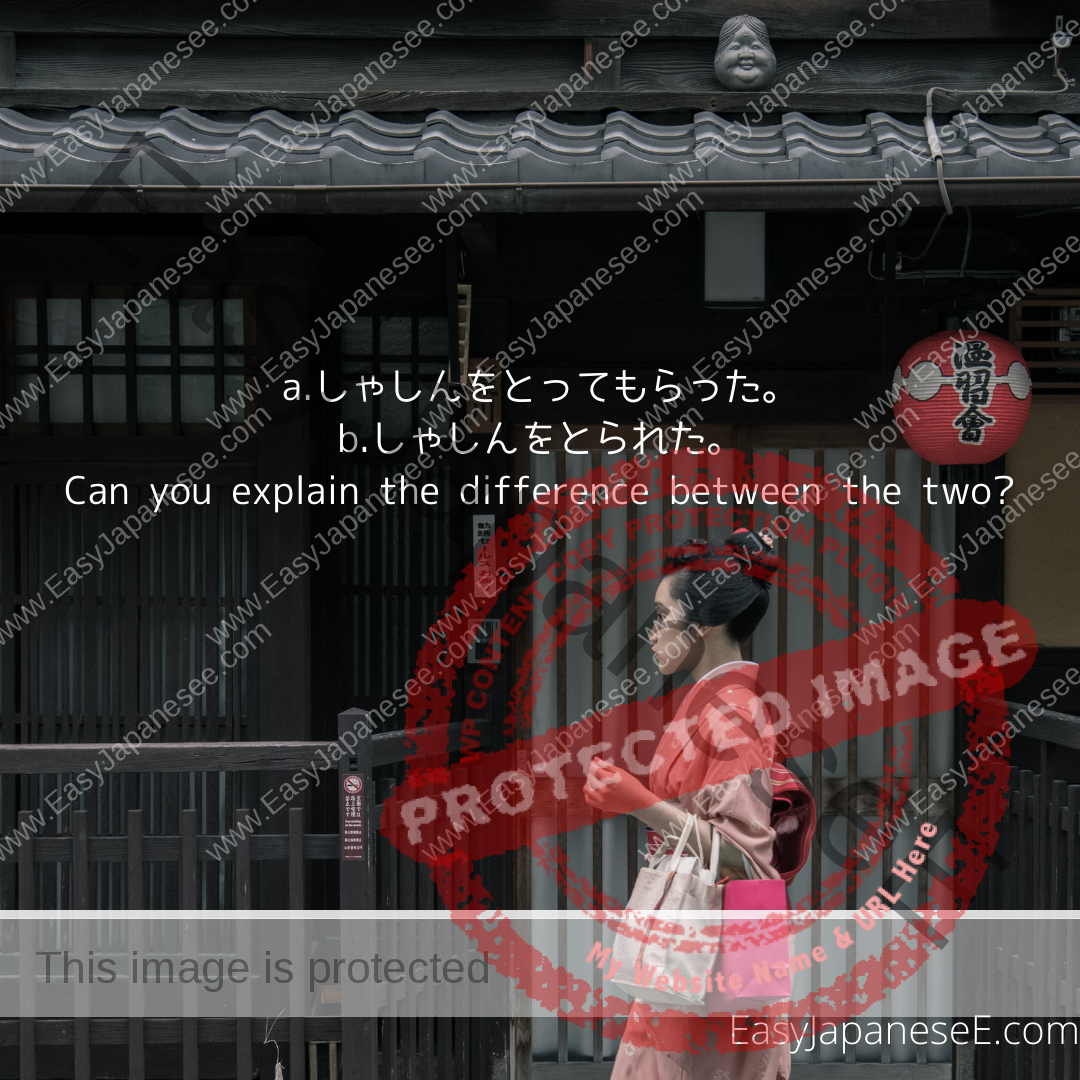
~-aれる/~られる is the passive form of a verb which is like “I was laughed at.” Japanese passive is quite different of that in English. Read the explanation here.
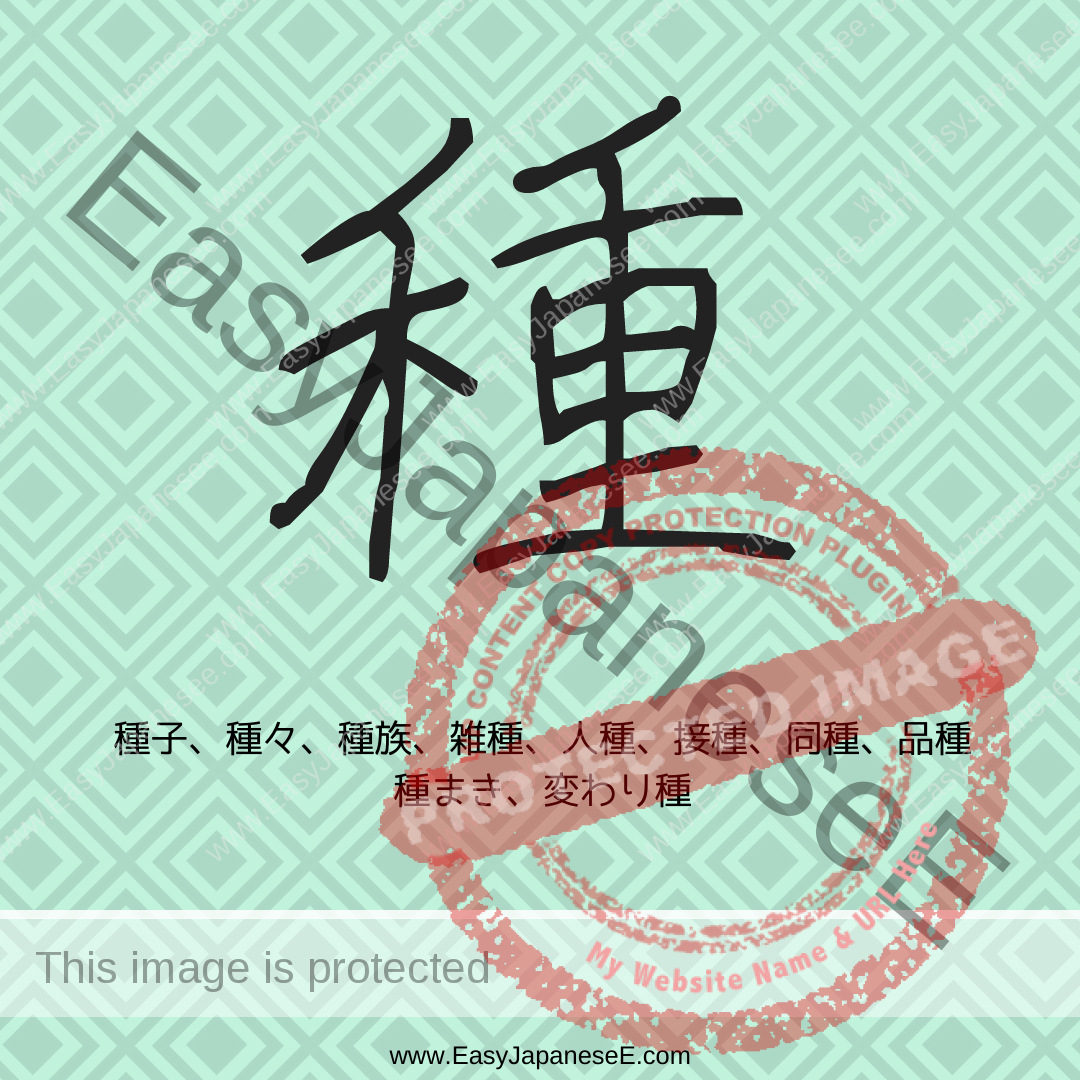
Today’s #kanji is 種, which is listed under its semantic element of #のぎへん(禾), Its phonetic element is 重 although 種 and 重 don’t exactly share a sound.
